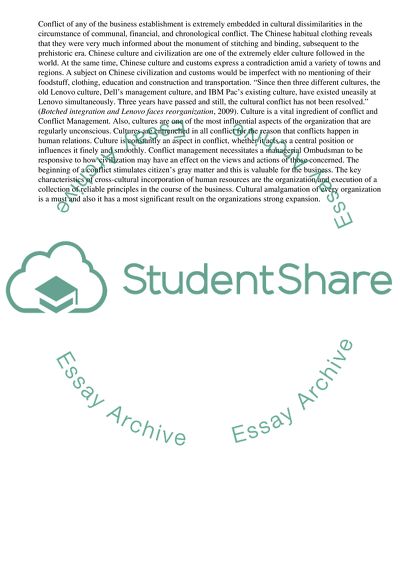Cite this document
(“How Cultural Differences Affect Conflict Management within Lenovo Case Study”, n.d.)
How Cultural Differences Affect Conflict Management within Lenovo Case Study. Retrieved from https://studentshare.org/management/1739336-how-cultural-differences-affect-conflict-management-within-lenovo-dissertation
How Cultural Differences Affect Conflict Management within Lenovo Case Study. Retrieved from https://studentshare.org/management/1739336-how-cultural-differences-affect-conflict-management-within-lenovo-dissertation
(How Cultural Differences Affect Conflict Management Within Lenovo Case Study)
How Cultural Differences Affect Conflict Management Within Lenovo Case Study. https://studentshare.org/management/1739336-how-cultural-differences-affect-conflict-management-within-lenovo-dissertation.
How Cultural Differences Affect Conflict Management Within Lenovo Case Study. https://studentshare.org/management/1739336-how-cultural-differences-affect-conflict-management-within-lenovo-dissertation.
“How Cultural Differences Affect Conflict Management Within Lenovo Case Study”, n.d. https://studentshare.org/management/1739336-how-cultural-differences-affect-conflict-management-within-lenovo-dissertation.


